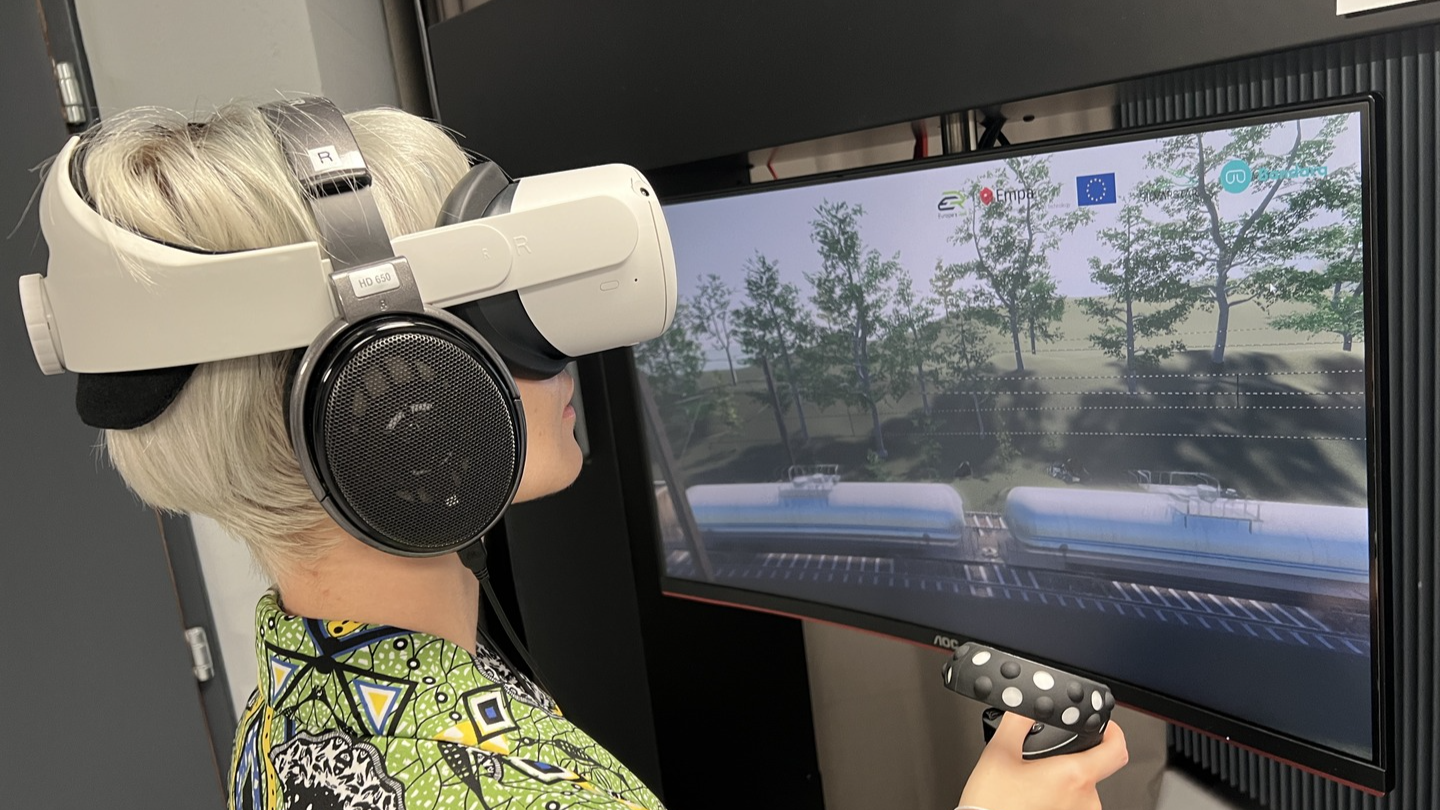
Swiss research institution Empa has revealed a new simulation tool that can accurately replicate the noise of rail traffic to help in the planning and noise control of new railway lines.
The SILVARSTAR system has been created following years of research funded by Europe Rail as part of the EU Horizon 2020 programme in collaboration with industry and academic partners in four other countries.
Lead researcher Dr Reto Pieren said: “The first uses of the simulation are already starting; we are very satisfied with the results and expect numerous applications in the future.”
While “auralisation” tools already exist as prototypes for research purposes, the team at Empa said SILVARSTAR was the first to be available for planning and noise control and was designed to be simple to use.
The technology covers a wide variety of scenarios that can be tested, including big changes such as a city or countryside environment, different train types and high and low noise barriers, as well as more detailed differences such as different wheels and damping types and braking sounds at different frequencies.
The other institutions to assist with the research included France’s Vibratec, Germany’s Wölfel Engineering, England’s University of Southampton, Belgium’s KU Leuven and Union des Industries Ferroviaires Européennes.
How well do you really know your competitors?
Access the most comprehensive Company Profiles on the market, powered by GlobalData. Save hours of research. Gain competitive edge.

Thank you!
Your download email will arrive shortly
Not ready to buy yet? Download a free sample
We are confident about the unique quality of our Company Profiles. However, we want you to make the most beneficial decision for your business, so we offer a free sample that you can download by submitting the below form
By GlobalDataIn addition to simulating rail noise through a video showing a virtual train “drive-by”, the €950k ($1.01m) SILVARSTAR project also developed models to show the vibrations caused by train traffic at the ground’s subsurface level.
The project, which ran from November 2020 to February 2023, was part of Europe Rail’s Shift2Rail cross-cutting activities funding area, which funds projects to improve Europe’s railway network as part of promoting the modal shift from road to rail.



